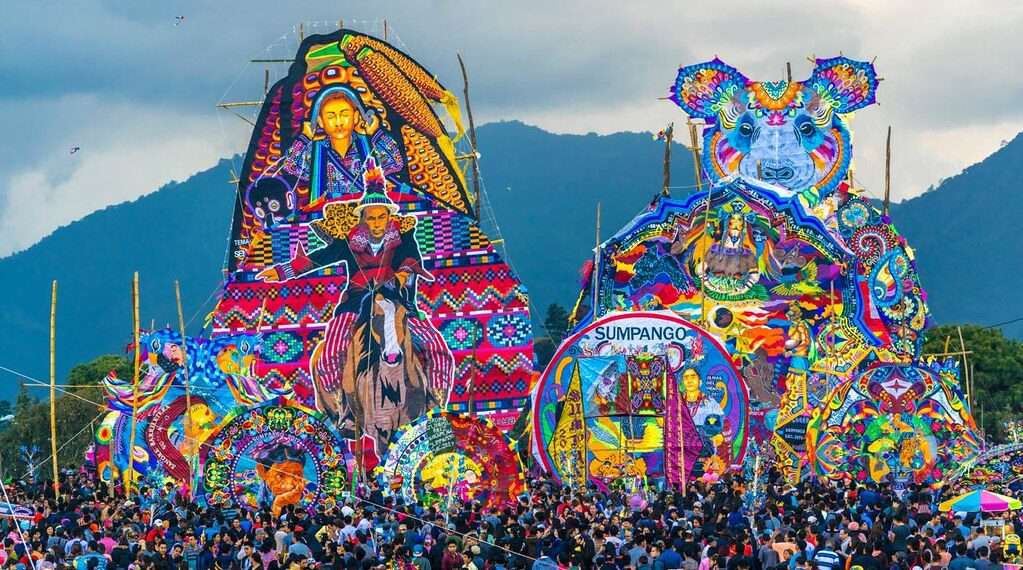News
9 Halloween Traditions Around the World You Didn’t Know About
When most people think of Halloween, images of children in costumes knocking on doors for candy, pumpkins carved into jack-o’-lanterns, and spooky decorations come to mind. In the United States, Halloween has become one of the most popular holidays of the year, blending ancient Celtic rituals with modern pop culture. But what many don’t realize is that the idea of honoring the dead, warding off spirits, or celebrating the harvest through similar festivals exists in countless countries, each with its own twist.
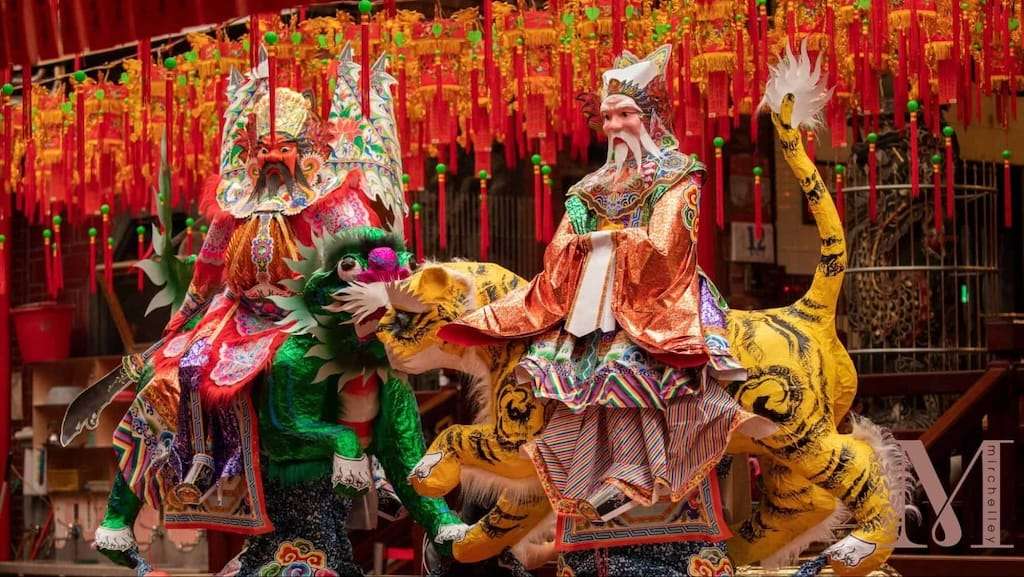
Halloween itself originates from Samhain, a Celtic festival marking the end of harvest and the beginning of winter. People believed that during this time, the boundary between the living and the dead blurred, and spirits roamed freely. Over centuries, the festival merged with Christian observances of All Saints’ Day and All Souls’ Day, eventually evolving into the Halloween we know today. But across the globe, cultures have maintained or developed their own traditions that mirror, overlap with, or diverge from Halloween.
In this article, we’ll journey across continents to discover fascinating Halloween traditions you may not have heard about, exploring how different societies honor ancestors, confront fears of death, and celebrate the mystical side of autumn.
Mexico: Día de los Muertos
Perhaps the most famous non-American Halloween-related tradition is Mexico’s Day of the Dead, or Día de los Muertos. While outsiders sometimes confuse it with Halloween, it is a distinct and deeply meaningful celebration.
Observed on November 1st and 2nd, this festival honors deceased family members. Families create colorful altars, or ofrendas, decorated with marigolds, candles, food, sugar skulls, and photos of the departed. Rather than fearing the dead, Mexicans welcome them back for a short visit. The mood is celebratory, filled with music, food, and vibrant processions.

The philosophy is different from Halloween’s spooky undertones. Día de los Muertos focuses on remembrance, love, and connection, turning death into an opportunity for celebration rather than fear. Yet, like Halloween, it reflects humanity’s fascination with mortality and the unseen world.
Japan: Obon Festival
In Japan, Halloween is gaining popularity thanks to Western influence—Tokyo neighborhoods even host costume parades. But Japan already has its own long-standing tradition of honoring spirits: the Obon Festival.
Usually held in August, Obon is a Buddhist custom where families honor the spirits of their ancestors. Lanterns are hung to guide spirits back to the world of the living, and dances called Bon Odori are performed to celebrate their return. At the end of the festival, floating lanterns are set adrift on rivers or the sea to guide spirits back to the afterlife.
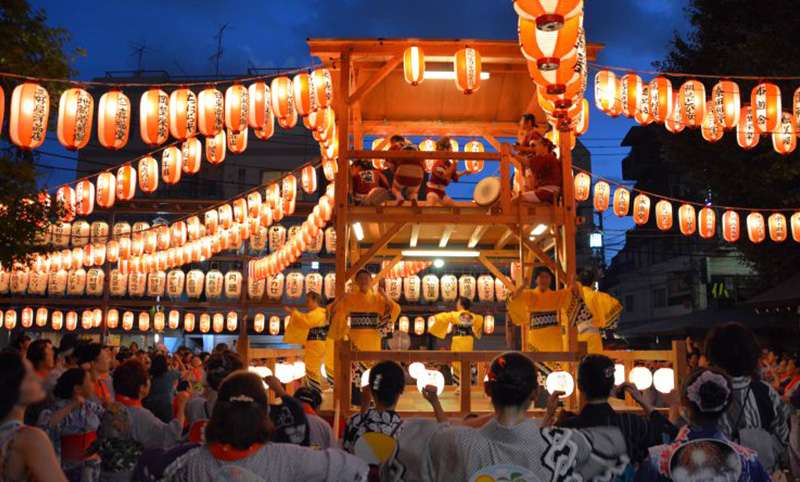
Though not directly tied to Halloween, Obon shares striking similarities: the thinning of the boundary between the living and the dead, the role of light in warding off or guiding spirits, and the communal acknowledgment of mortality. Instead of costumes and candy, Obon emphasizes family gatherings and spiritual reflection.
Ireland and Scotland: Samhain Reimagined
Halloween’s birthplace still preserves traces of the original Samhain. In Ireland and parts of Scotland, people once lit huge bonfires, wore disguises to confuse spirits, and carved faces into turnips to ward off evil. These practices traveled across the Atlantic and transformed into the pumpkin-carving and costume-wearing traditions we see today.
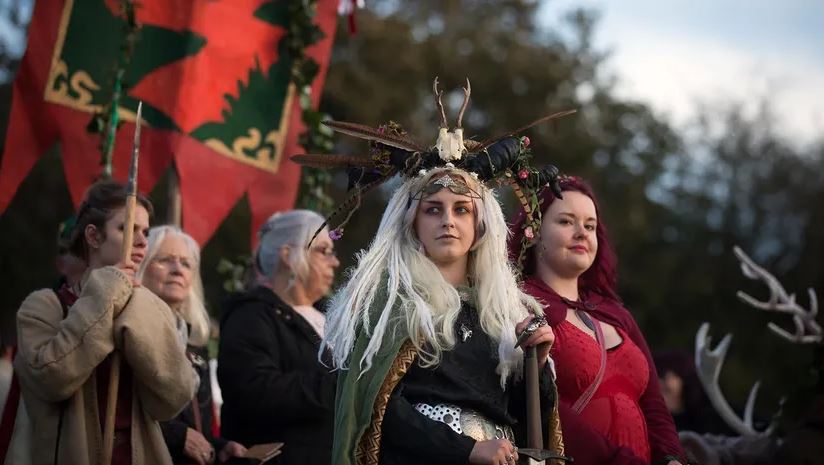
Modern Ireland still celebrates Halloween enthusiastically, with fireworks, games, and trick-or-treating. Children bob for apples, and families bake barmbrack, a fruit bread with hidden charms inside—finding a ring or coin can predict one’s future. This blend of ancient ritual and modern fun highlights how traditions evolve but remain rooted in the same mystical ideas.
The Philippines: Pangangaluluwa
In the Philippines, the Halloween season intertwines with All Saints’ Day and All Souls’ Day, but there is also a unique tradition called Pangangaluluwa. In rural areas, groups of people dress in costumes or disguises and go house to house singing songs for the souls of the departed, asking for prayers or small gifts.

The practice resembles trick-or-treating but carries a spiritual meaning. It symbolizes souls in purgatory seeking help through prayer. While modernization has made Pangangaluluwa less common, it reflects a fascinating cultural parallel to Halloween’s door-to-door custom, showing how different societies independently developed similar rituals of communal exchange during autumn.
Italy: Ognissanti and La Festa di Tutti i Morti
In Italy, Halloween itself has grown popular in recent decades, especially among children who enjoy dressing up. But the deeper tradition remains tied to Ognissanti (All Saints’ Day) on November 1st and La Festa di Tutti i Morti (All Souls’ Day) on November 2nd.
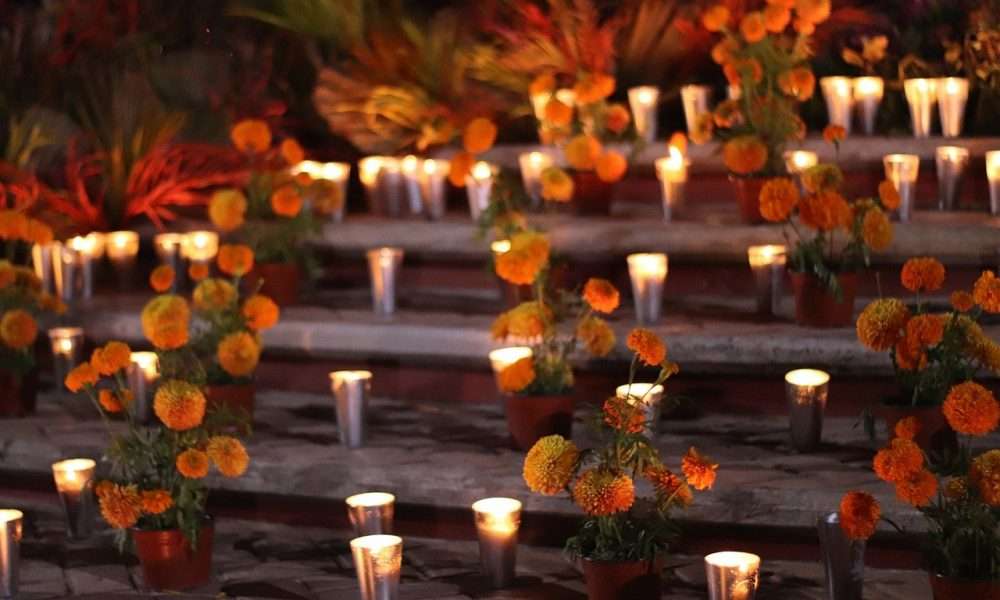
Families visit cemeteries, clean and decorate graves, and bring offerings of chrysanthemums. In some regions, it is believed that the souls of the dead return home on the night of November 1st, and families leave out food or small gifts to welcome them. Children may even find sweets or toys left for them, echoing the idea of supernatural visitors bringing rewards.
While Italy’s version is more solemn than American Halloween, the symbolic overlap is clear: the dead are remembered, honored, and even invited back into the world of the living for a short time.
China: The Hungry Ghost Festival
In China, the Hungry Ghost Festival is celebrated during the seventh lunar month, usually in August. While not connected to Halloween by date, it is built around similar themes of spirits roaming the earth.

According to tradition, during this month, the gates of the afterlife open, and ghosts wander the living world. Families burn incense, joss paper, and make food offerings to appease these spirits, ensuring they do not cause mischief. Public performances of opera or concerts are also staged, with the first rows of seats left empty for ghostly guests.
Where Halloween imagines mischievous spirits as playful or scary, the Hungry Ghost Festival treats them with reverence and caution, emphasizing the importance of respect for the unseen world.
Romania: Halloween at Dracula’s Castle
Romania, home to the legend of Vlad the Impaler—the historical figure behind Count Dracula—has naturally become associated with Halloween. While traditional Romanian culture didn’t celebrate Halloween as we know it, modern tourism has embraced the holiday.
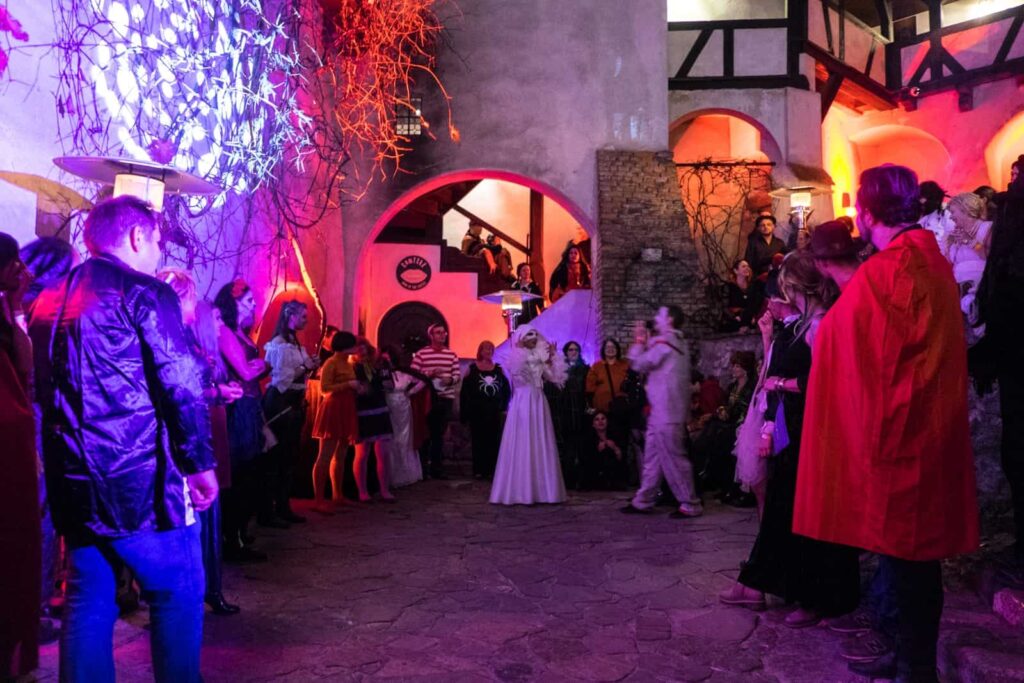
Every October, Bran Castle, popularly referred to as Dracula’s Castle, hosts Halloween parties drawing visitors from around the world. Locals also have folk traditions tied to protecting themselves from evil spirits, often connected to St. Andrew’s Day in late November. Garlic, crosses, and rituals to ward off wolves and spirits were common in rural Romania.
Thus, Romania’s connection to Halloween is a mix of folklore, tourism, and ancient superstitions that align perfectly with the spooky season.
Nigeria: The Odo Festival
In Nigeria, the Odo Festival is celebrated by the Igbo people, usually once every two years, and it lasts for several months. This festival marks the return of ancestral spirits, known as Odo, who come back to visit their families.
The spirits are represented through elaborate costumes and masks, and their arrival is celebrated with music, dance, and rituals. Eventually, the spirits depart again, and the community sends them off with ceremonies filled with both joy and sorrow.
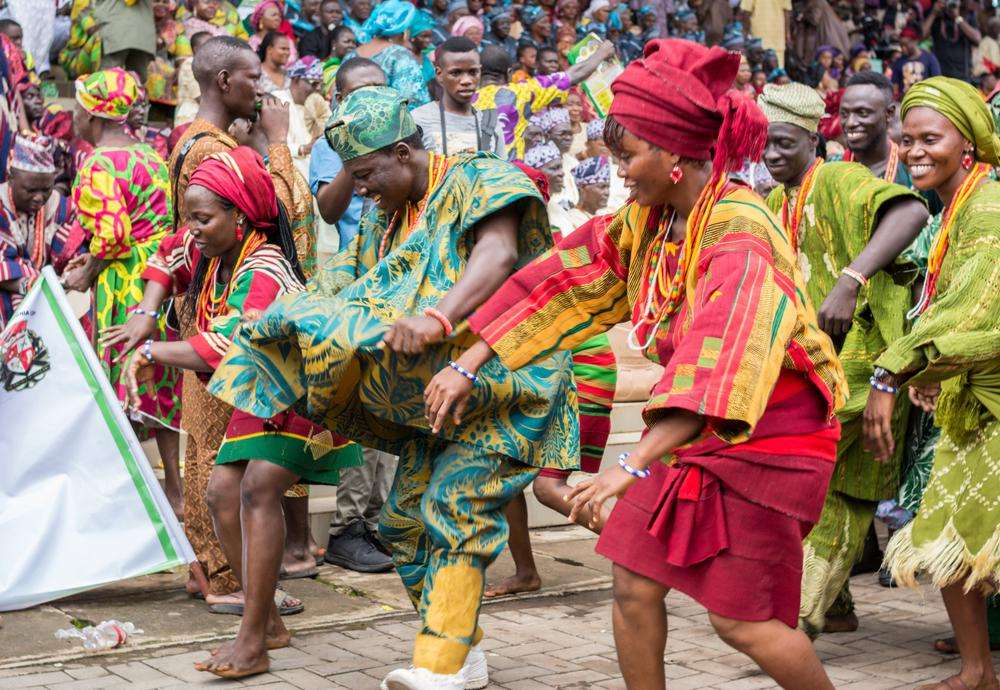
Though very different in appearance from Halloween, the Odo Festival resonates with the same theme: acknowledging that the dead return at certain times of the year, and that the living must honor them with respect and celebration.
Guatemala: Barriletes Gigantes
In Guatemala, November 1st is marked by a breathtaking tradition: the flying of giant kites, or Barriletes Gigantes, during the Day of the Dead. These enormous, colorful kites are crafted by hand, some reaching sizes taller than houses.
Families gather in cemeteries, flying the kites to communicate with the spirits of their loved ones. The sky fills with color, symbolizing messages and prayers carried to the heavens.
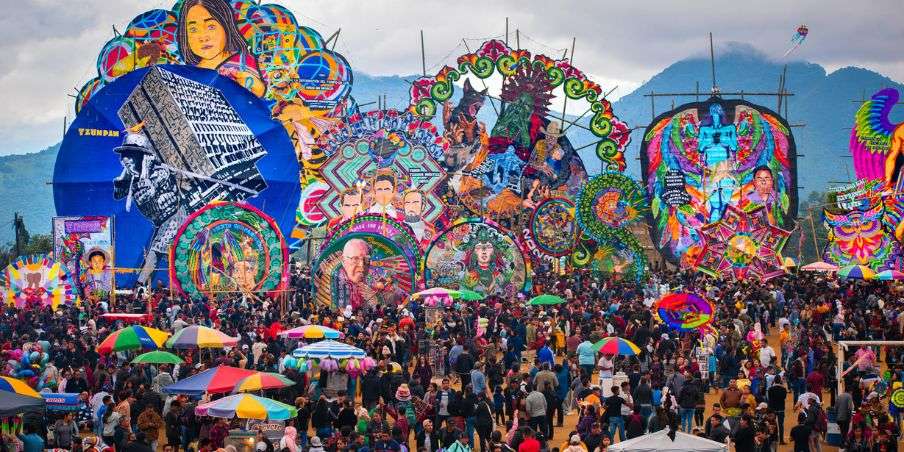
For children, this is a festive day filled with wonder, creativity, and remembrance. While it doesn’t involve costumes or candy, it embodies the same idea that the worlds of the living and the dead can briefly connect through ritual and imagination.
Why These Traditions Matter
Looking across these cultures, a pattern emerges: people everywhere feel the need to acknowledge the mysteries of life and death at certain times of the year. Whether it’s Halloween in the U.S., Día de los Muertos in Mexico, Obon in Japan, or the Hungry Ghost Festival in China, societies use ritual, food, costumes, or art to engage with the unseen.
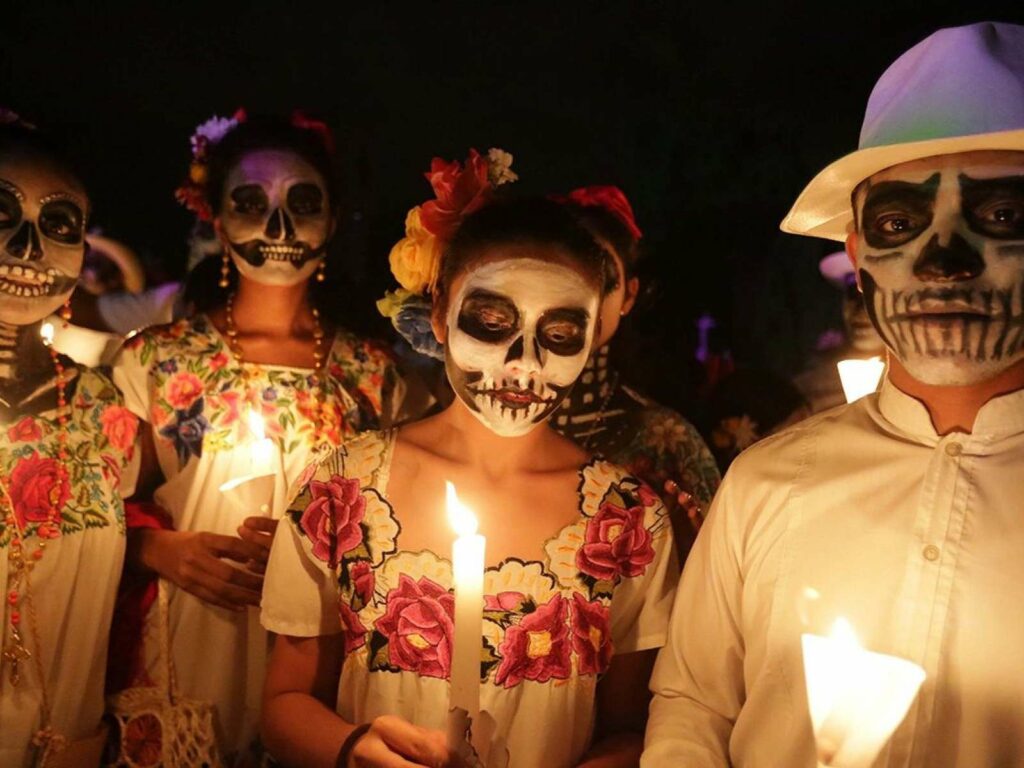
What makes Halloween unique is its playful, commercial twist—but at its core, it shares the same human instinct to honor ancestors, ward off spirits, and find meaning in the cycle of life and death.
By learning about these lesser-known traditions, we gain a deeper appreciation for the diversity of human culture. We see that while details differ—glow-in-the-dark costumes in one country, giant kites in another—the impulse is universal.
Conclusion
Halloween may dominate October 31st in the West, but it is only one expression of a global tradition of honoring the dead and embracing the supernatural. From Mexico’s joyful altars to Japan’s lantern-lit rivers, from Nigeria’s masked ancestors to Guatemala’s colorful skies, people across the world find unique ways to face mortality with creativity, respect, and celebration.
Next time you carve a pumpkin or hand out candy, remember that you are participating in a ritual that connects you not just to Celtic ancestors but to countless cultures across the globe. Halloween tradition is more than costumes and sweets—it is part of a human story that stretches across centuries and continents, reminding us all that the line between the living and the dead has always been thin, and that every culture finds its own way to honor that truth.


